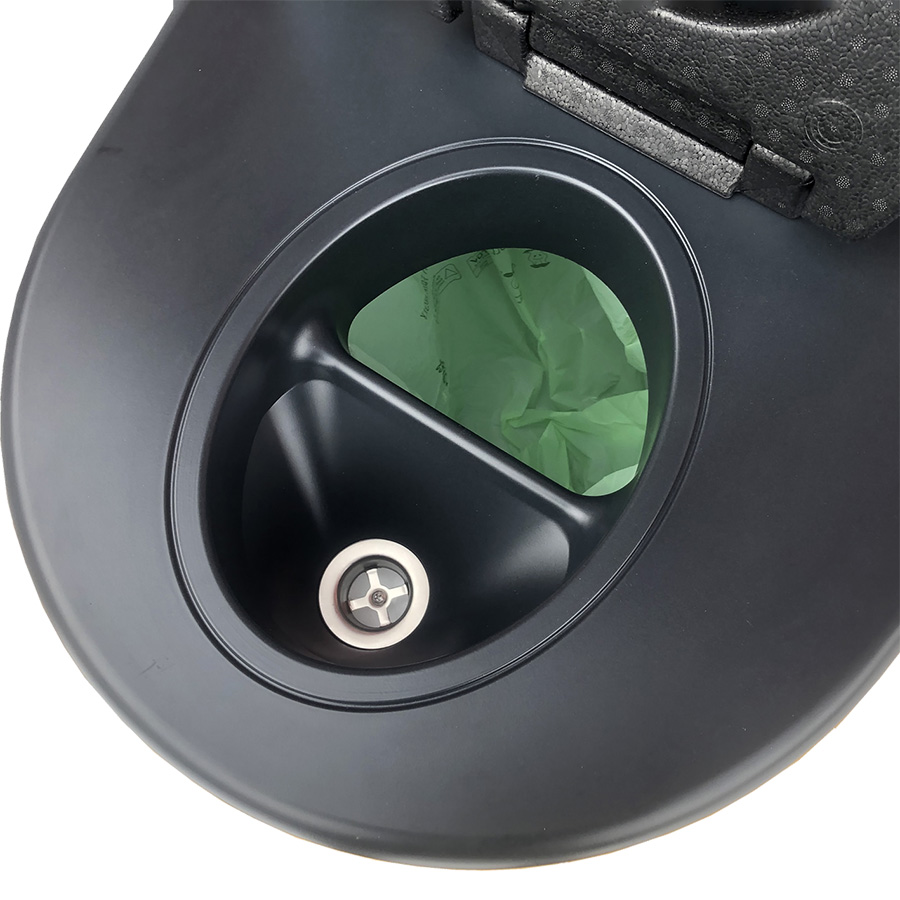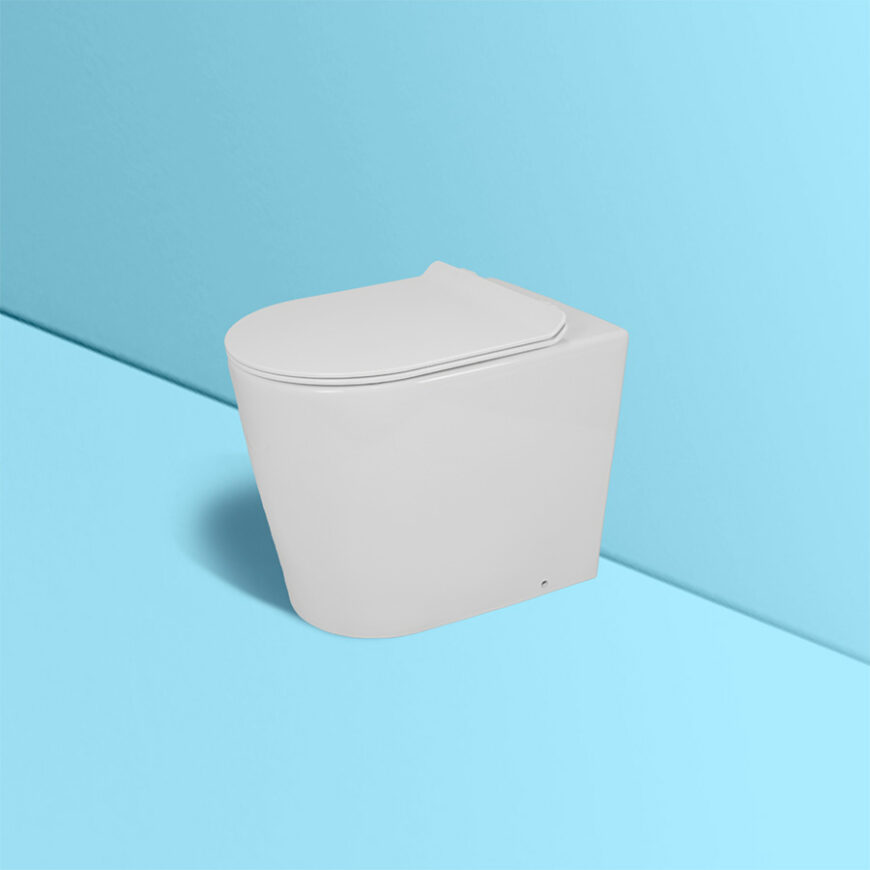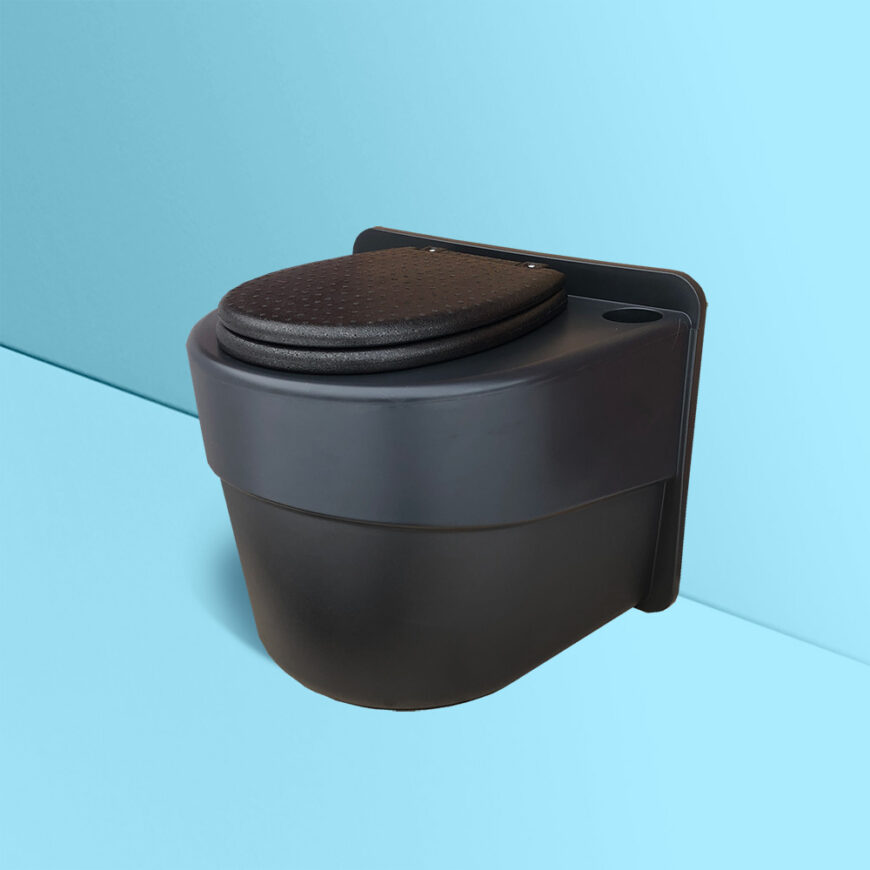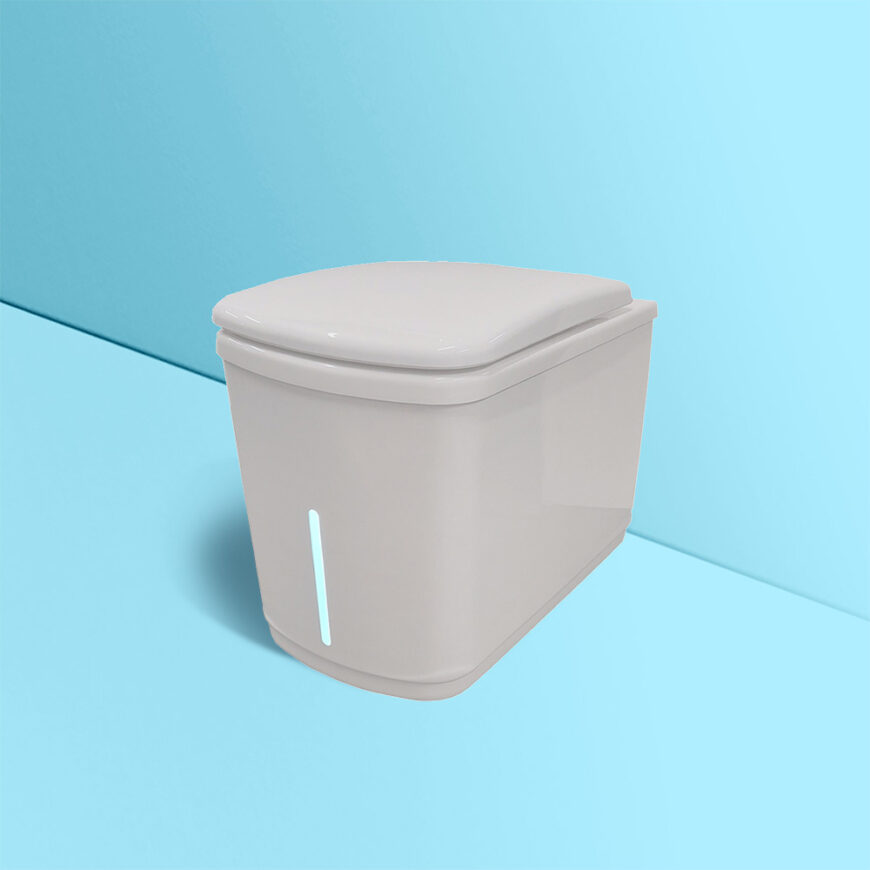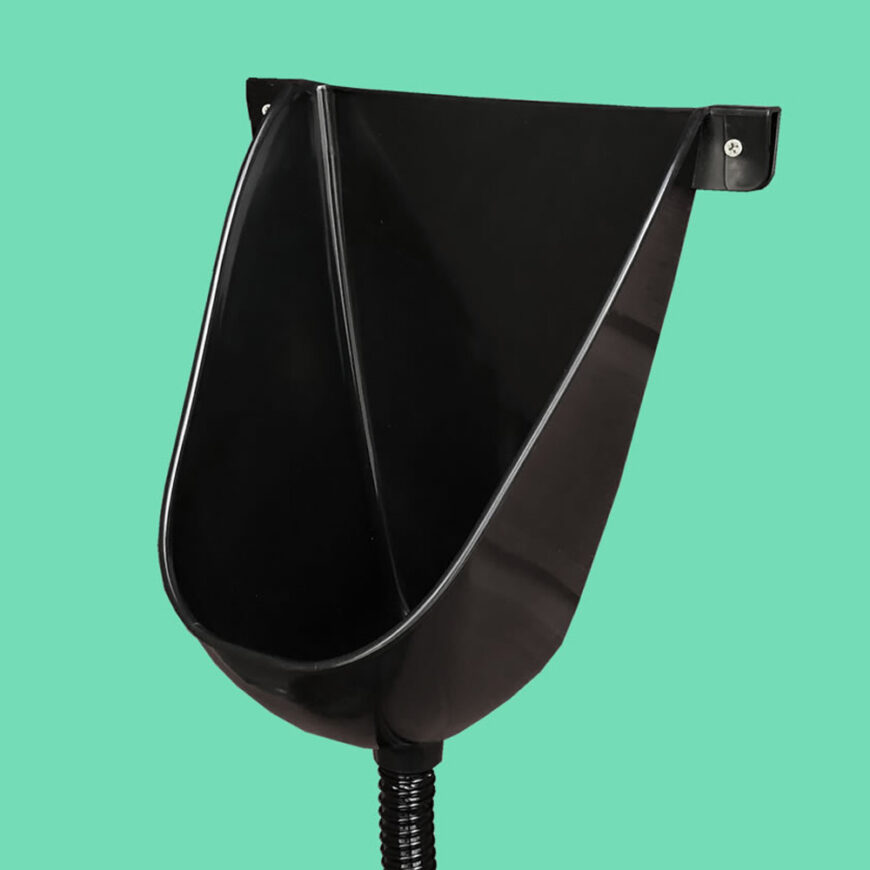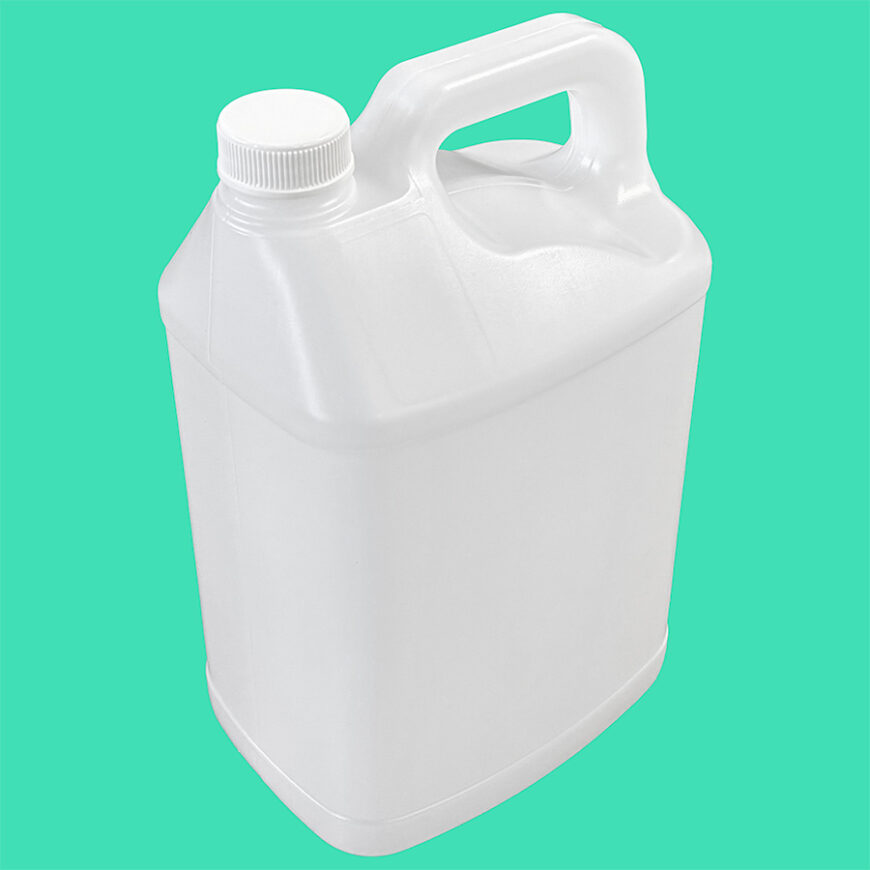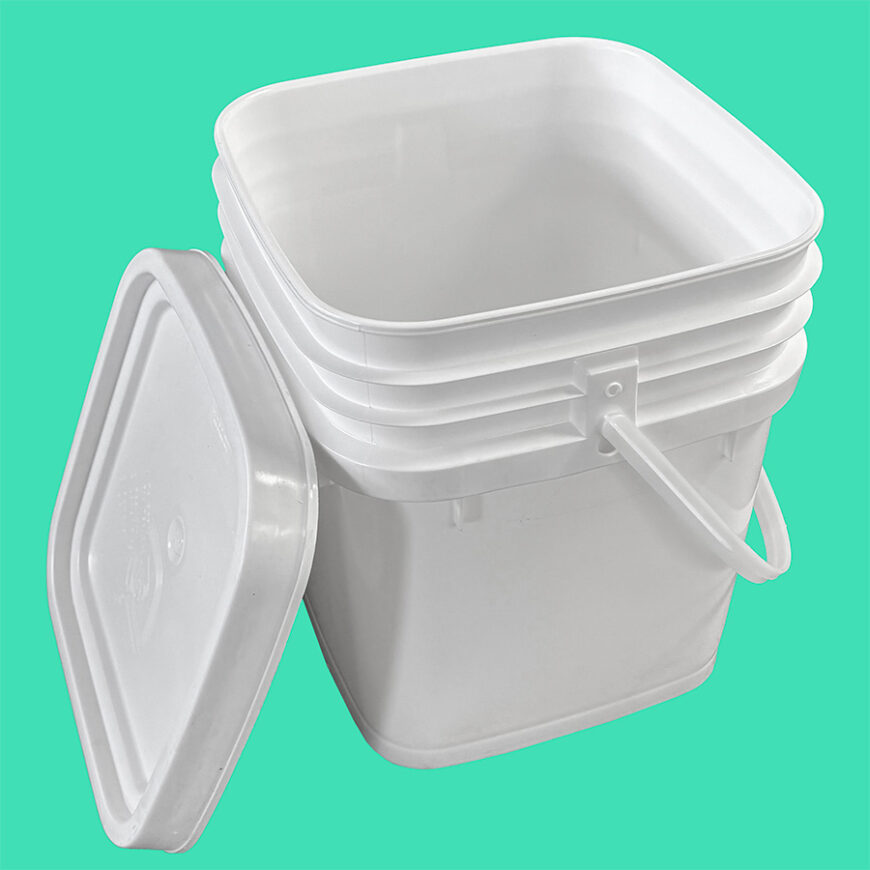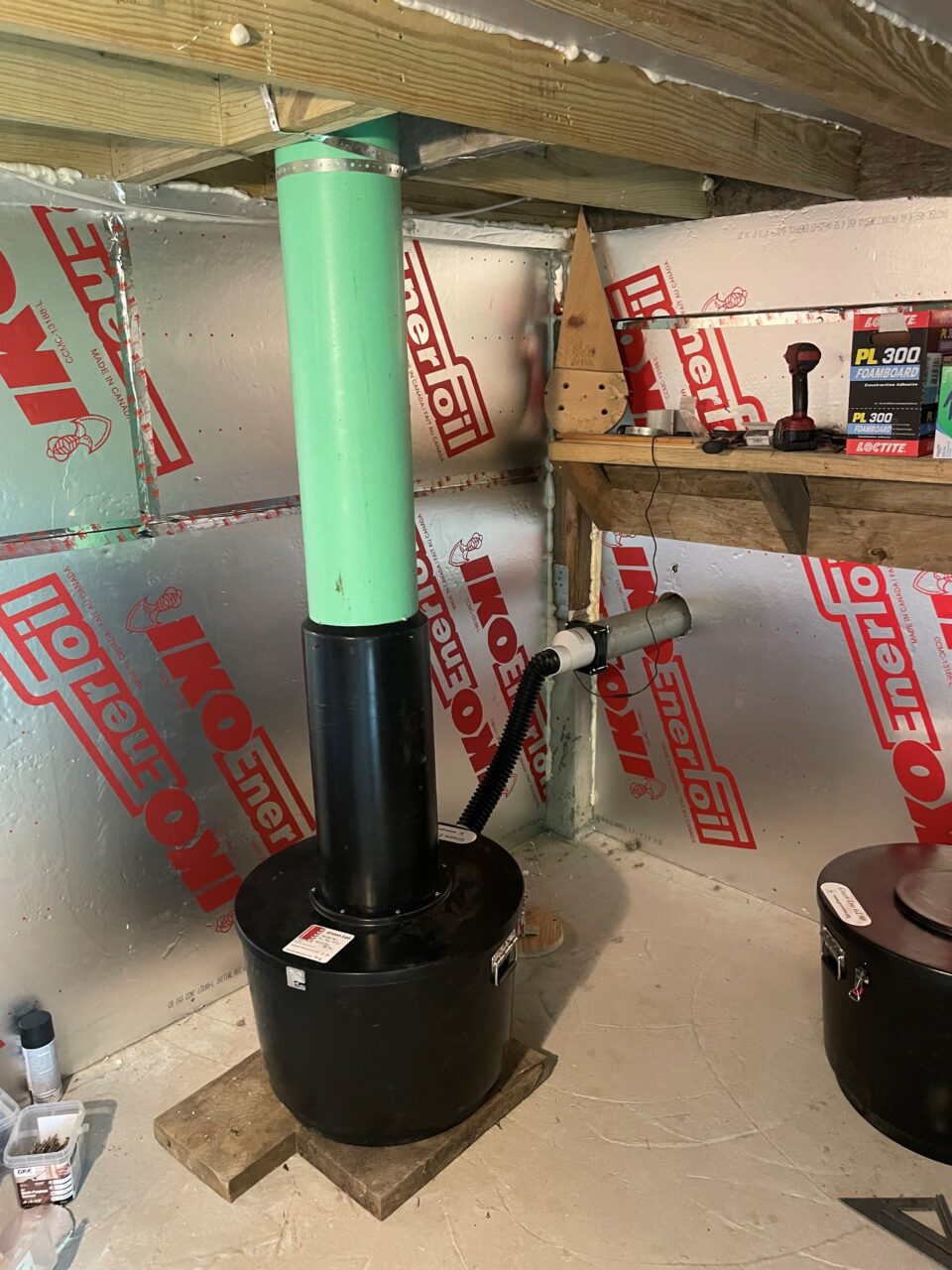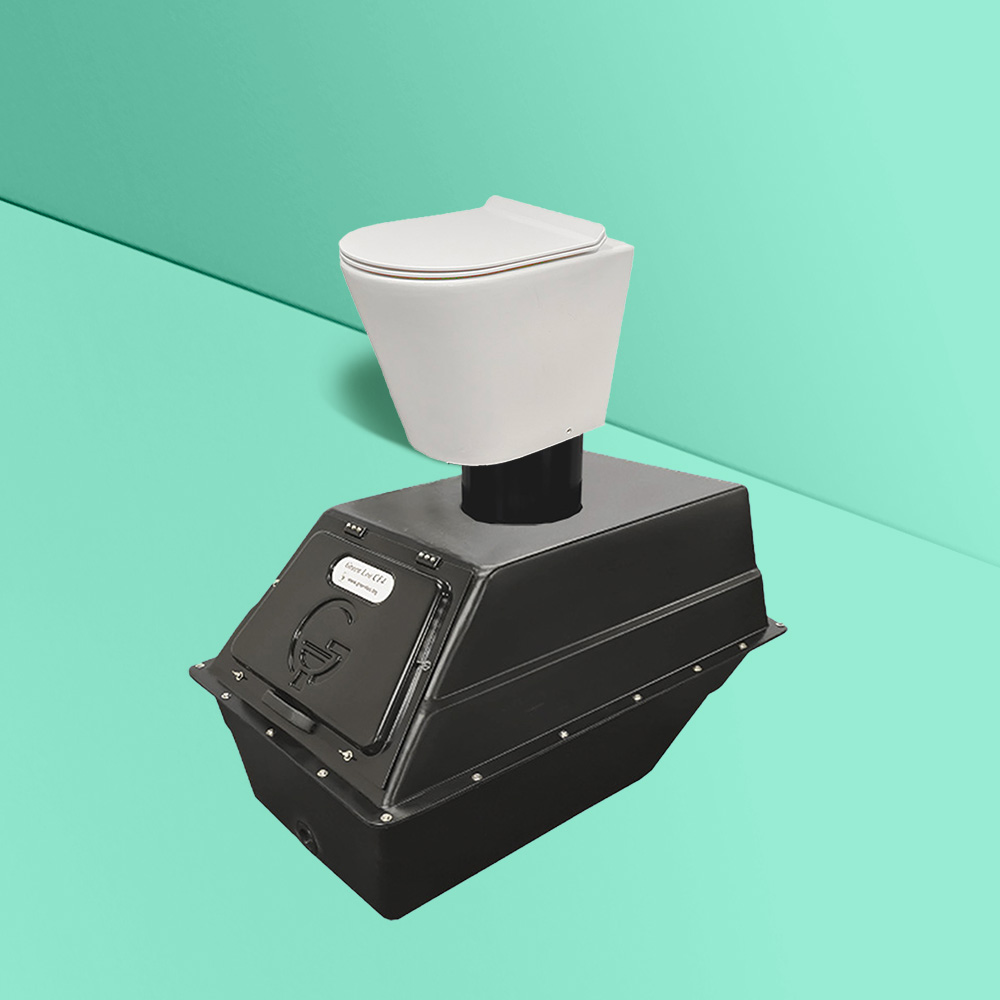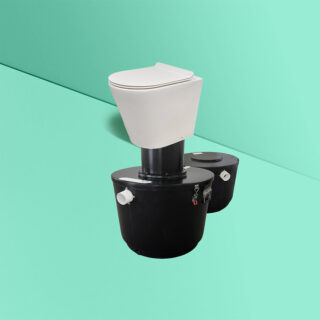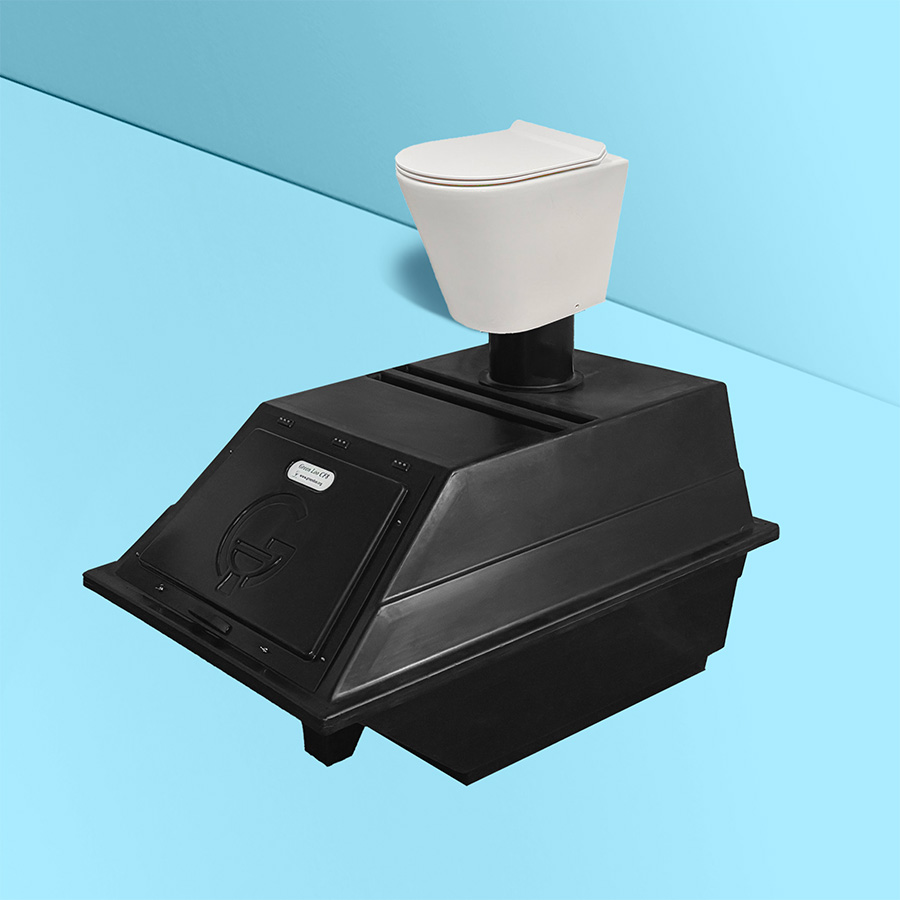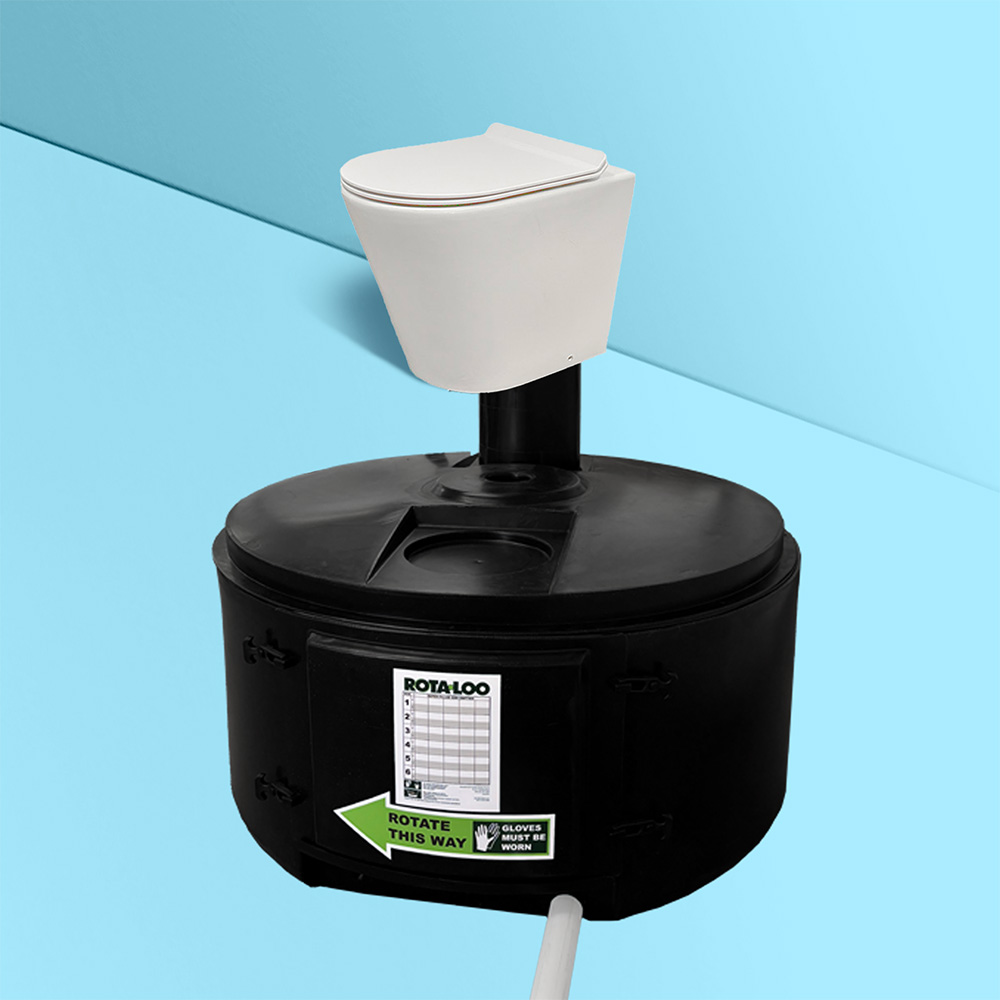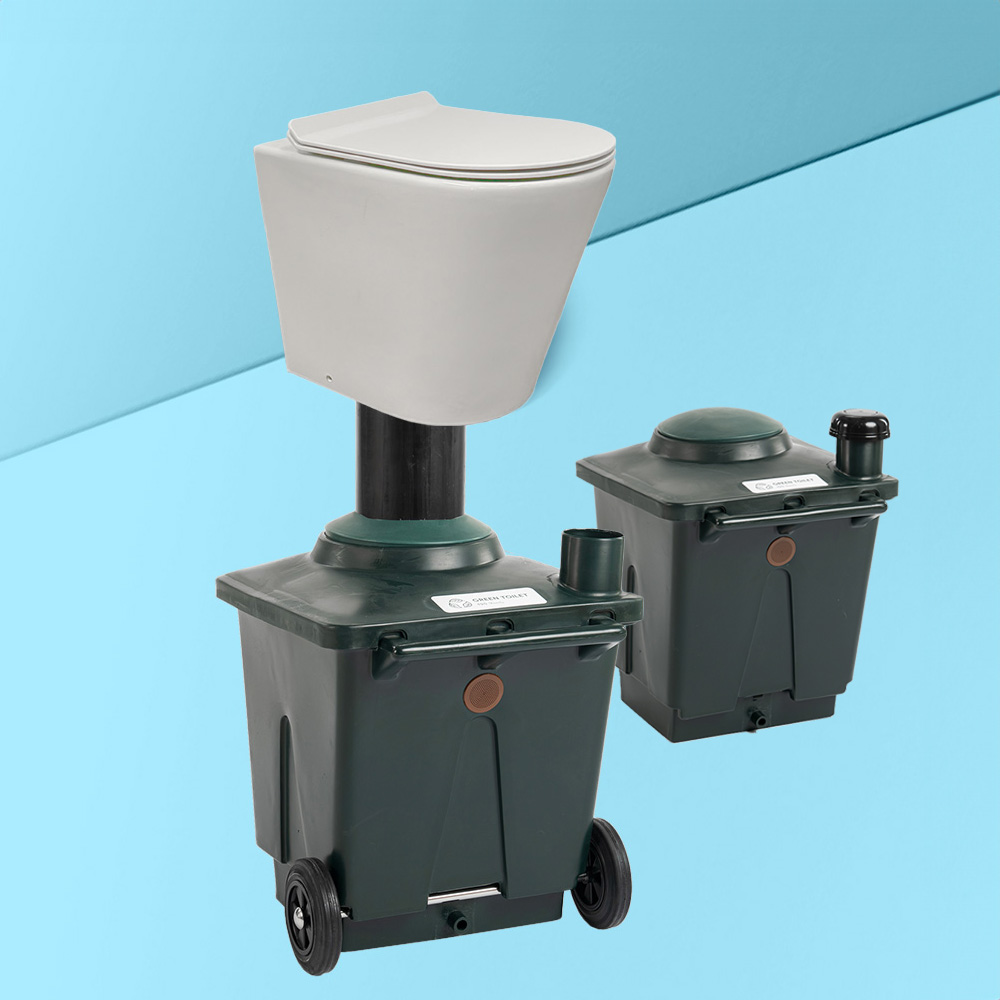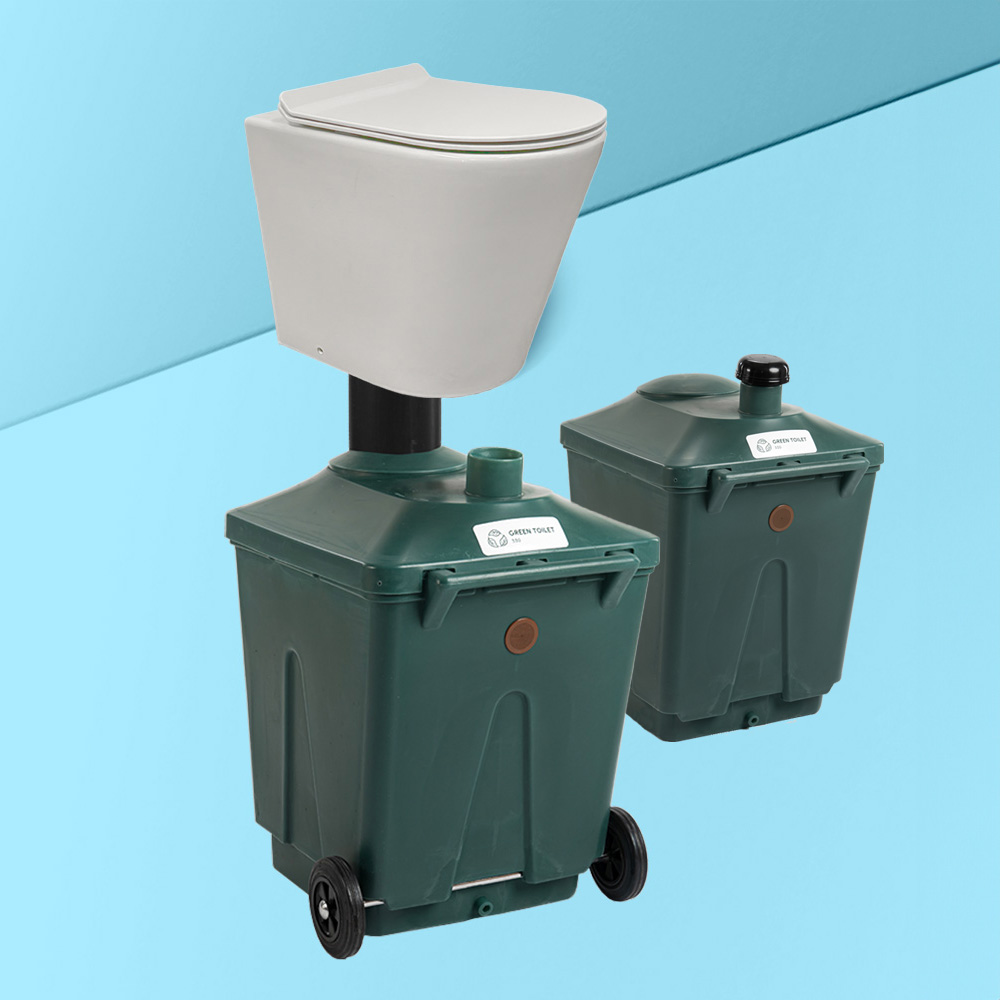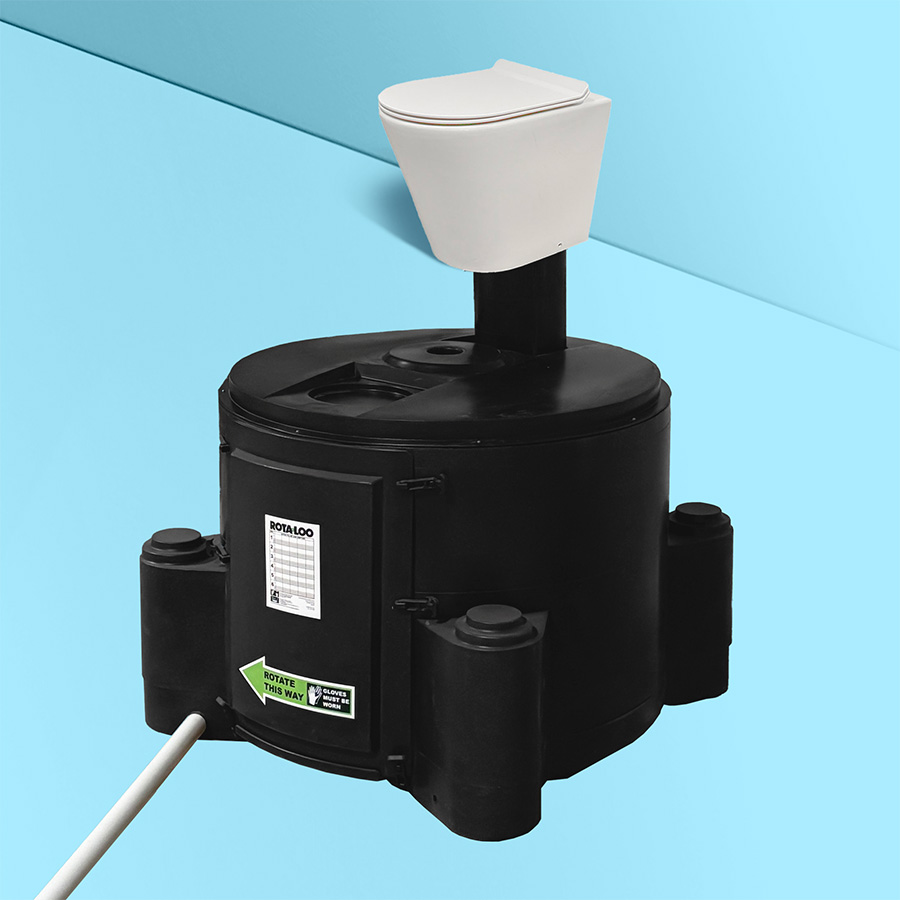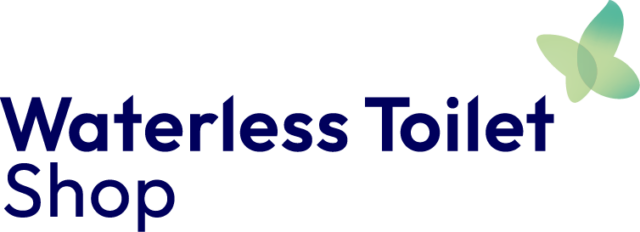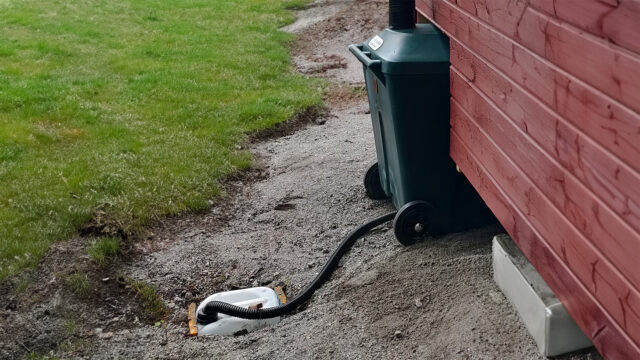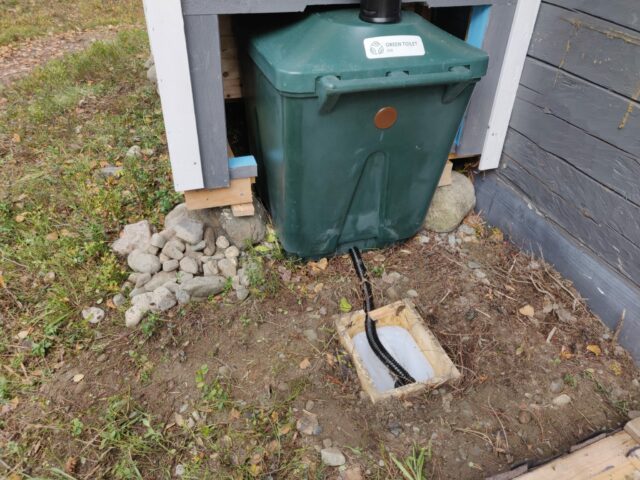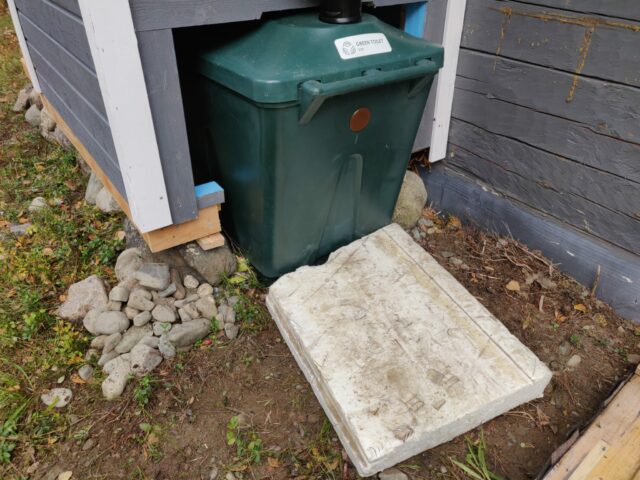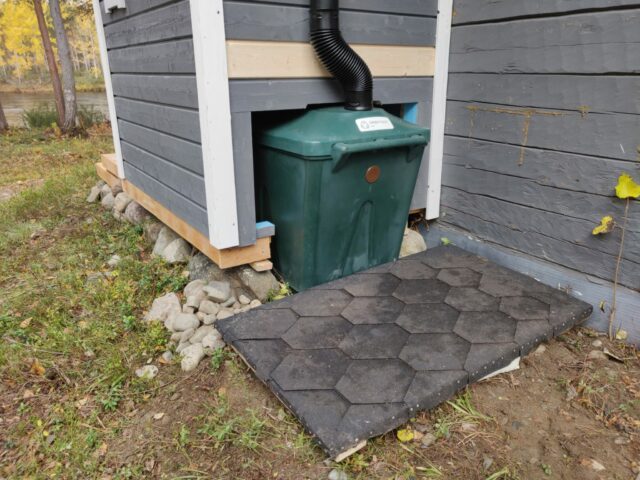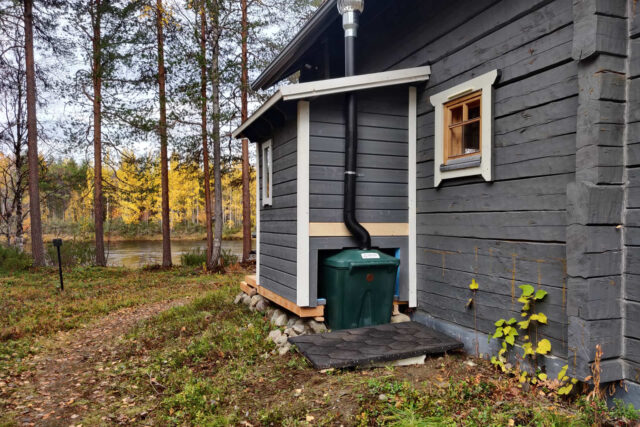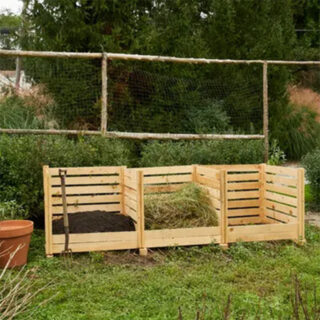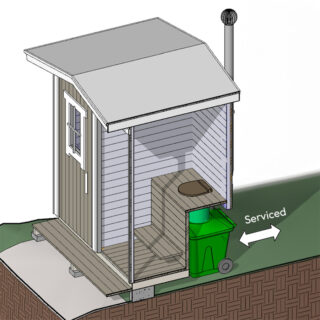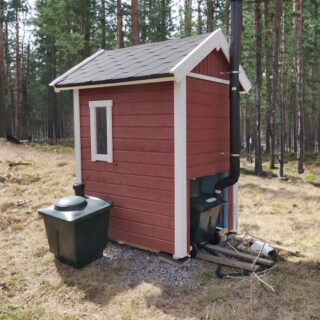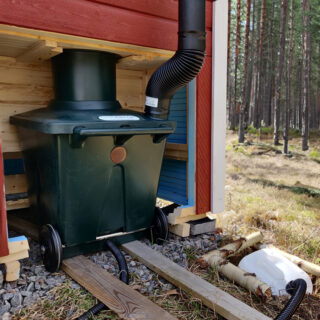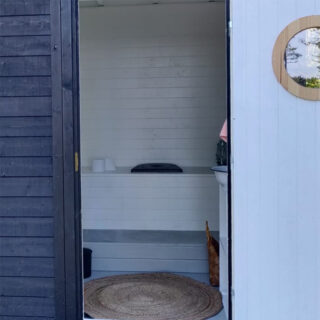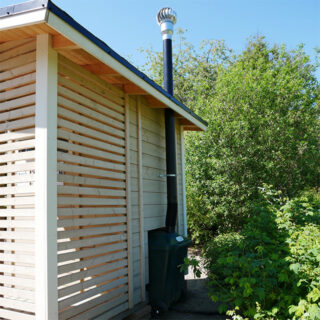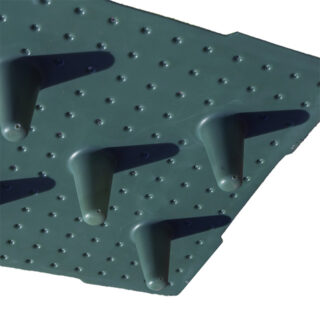Urine-Diverting Toilets
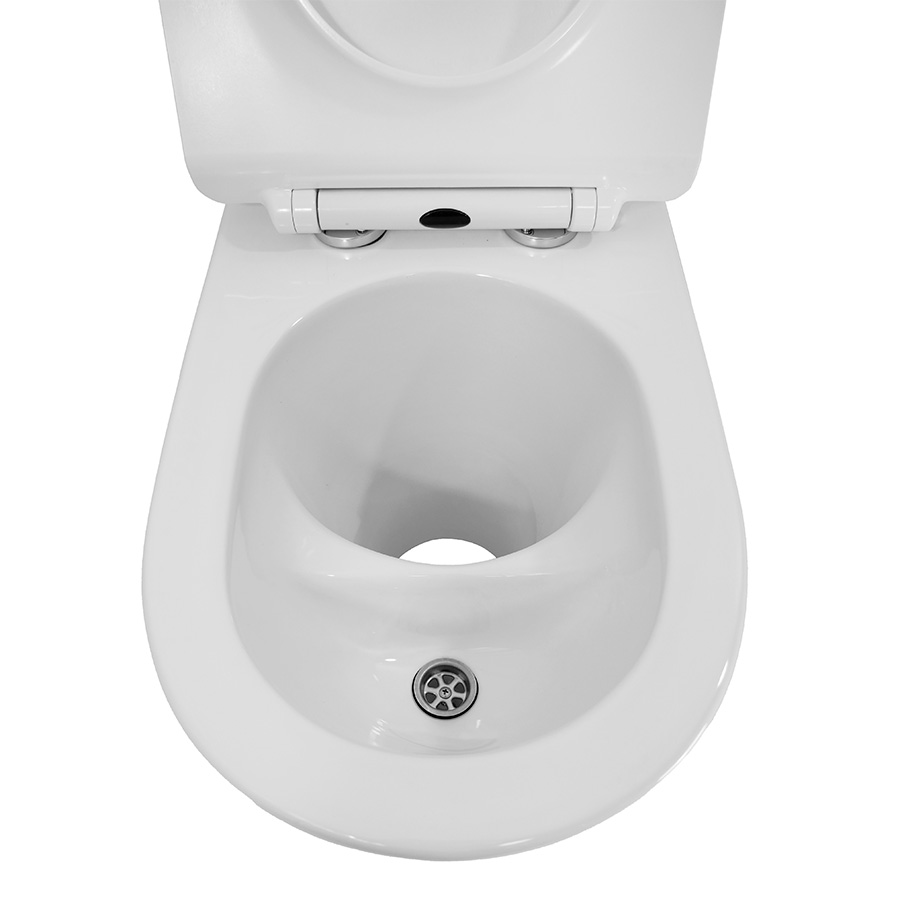
Urine-diverting toilets (UDTs) represent a subcategory in waterless toilets. They feature a specially designed seat that separates urine from solid waste at the point of use. This design prevents urine from getting mixed into solid waste and hence prevents any unpleasant odors.
How Urine-Diverting Dry Toilets Work
The key component of a urine-diverting toilet is the separation design located at the front of the toilet bowl. This design channels urine into a separate container or drainage system, while solid waste is directed to a different container for composting. The separation facilitates a significant reduction in odor and decreases the volume of waste.
Applications of Urine-Diverting Toilets
Urine-diverting toilets are commonly used in fully off-the-grid settings within family use. This is because UDTs work better than non-separating toilets if there is no power to boost the ventilation of the composting toilet with an electric fan. In addition, because UDTs may require a little getting used to, they are more common in private/family use instead of public or commercial use.
Benefits of Urine-Diverting Toilets
- Odor Control: Urine-diverting toilets (UDTs) help keep solid waste drier, which naturally reduces the likelihood of unpleasant odors. By separating urine directly in the toilet seat, moisture levels in the solid waste remain low, ensuring an odor-free experience.
- Reduced Need for of Bulking Agents: With UDTs, less dry organic bulking material is needed to manage solid waste. This not only decreases operating costs but also conserves space in the solids container, allowing for less frequent servicing.
- Combining with Grey Water System: When a urine-diverting toilet is combined with a grey water system—where local regulations and the surrounding environment permit—it virtually eliminates the need to manage any liquid waste from the toilet. This significantly simplifies maintenance.
Considerations for Using Urine-Diverting Toilets
While urine-diverting toilets offer many advantages, there are some considerations to keep in mind:
- Familiarization: Users may need some time to get used to a urine-diverting toilet.
- Winter Use: In colder climates, precautions must be taken to prevent urine from freezing in the collection and transport systems.
- Regulations: Local regulations regarding the treatment and disposal of human waste must be adhered to when using urine as fertilizer.

